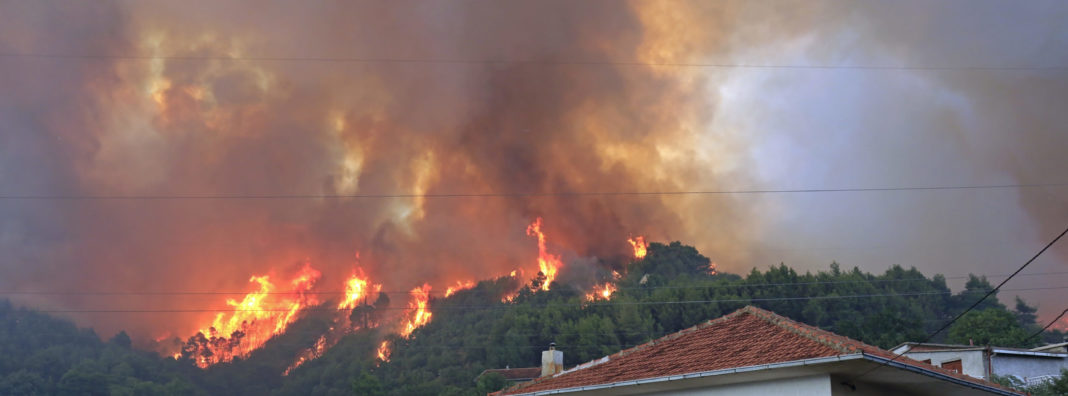
California homeowners face the highest wildfire risk in our country’s history. In the past five years alone, 8.53 million acres have burned in almost 40,000 separate fires across the state. Despite increased government spending, more than 46,000 California residential and commercial buildings have been lost since 2017, and 2.1 million more remain at high risk from wildfire.
Now when homeowners need insurance the most, California homeowners are losing access to the very policies that are meant to protect them—policies that can also provide significant safeguards that might avoid these losses altogether. To save homes and businesses from the risk of catastrophic wildfire, we must allow homeowners to harness market tools like Qualified Insurance Resources with a proven track record of reducing losses to wildfire. But in states like California, the government is standing in the way, separating some homeowners from these protections.
Founded in 2008, Qualified Insurance Resources provide targeted wildfire mitigation efforts that are financed entirely by insurers willing to pay for a mechanism to reduce their losses when wildfires rage. These pre- and post-mitigation efforts take certified firefighting crews and wildland engines into evacuation zones to provide critical services to insured properties and their surrounding areas. More than two dozen top insurance companies provide these services to a total of eight million properties throughout the West. And as the third largest resource protection entity in the nation, QIRs provided protection on nearly 10,000 insured properties in 2020 alone.
With a 99.9 percent success rate, QIRs are a viable tool that can greatly increase a home’s survivability during a wildfire. And since these private mitigation services are accessed by homeowners at no additional cost through their standard homeowners insurance policy, QIRs are not only effective, but they are affordable to the average homeowner.
However, these private mitigation resources face costly barriers affecting both the QIR suppliers and consumers wishing to purchase insurance policies that provide these services.
As an emerging industry, Qualified Insurance Resources are not an officially recognized resource and must negotiate access to their insured properties on a case-by-case basis. Despite having engines and crews ready to deploy and the same certifications and training as government agency firefighters, QIRs must take precious time to negotiate access to these insured properties during a wildfire event. This process is especially precarious in California where an additional committee of various state agencies has the authority to set limitations and regulations that can deny the very entry that would save homes and businesses.
And there are other hurdles stymying this innovative approach to wildfire risk. If you are a homeowner looking to mitigate your risk from wildfires, you may want to invest in an insurer who provides QIR services. But in California this is difficult The California Department of Insurance regulates insurance premiums to keep prices artificially low through an arduous price approval process. The result is that in the face of unprecedented losses and moratoriums, insurers have begun to pull out of the California market to avoid insolvency. When insurers leave the California market in response to binding price controls, they take their private wildfire protection with them, leaving homeowners with less protection and more risk.
To protect this market tool, federal and state agencies must recognize QIRs’ ability to increase home survivability and grant these private resources prequalified access to wildfire incidents. For homeowners, especially in California, state agencies with authority over insurance markets should allow premiums to adjust to wildfire risk and incentivize insurance companies to tie QIRs into their policies. To prevent price spikes, states should follow Colorado’s lead in offering local wildfire mitigation programs that assist property owners in mitigating wildfire risk and tie insurance premiums to their participation in these programs.
Saving taxpayers and protecting homes, this solution is a win-win for homeowners, insurers, and policymakers looking to keep wildfires from destroying both homes and insurance markets. To keep this private approach alive, we’ll need protections that fan the flames of innovation.
Monique Dutkowsky was the head researcher on Wildfire Defense Systems’ mapping fire risk, which is used by insurance companies throughout the West.


 Orange County Register
Orange County Register